-
Learning by doing
-
Trainers with practical experience
-
Classroom training
-
Detailed course material
-
Clear content description
-
Tailormade content possible
-
Training that proceeds
-
Small groups
The Internet refers to a network of networks. In this network, each computer is recognized by a globally unique address known as the IP address. A special computer, the Domain Name Server, is used to name the IP address so that the user can find a computer by name. Various protocols, technologies, layout and styling languages play an important role in the Internet. SpiralTrain provides classroom training that focuses on various aspects of Internet Technology.
Visit our LinkedIn, Facebook or Instagram page for an impression of SpiralTrain. Click on the links below for more information about the courses and the schedule.
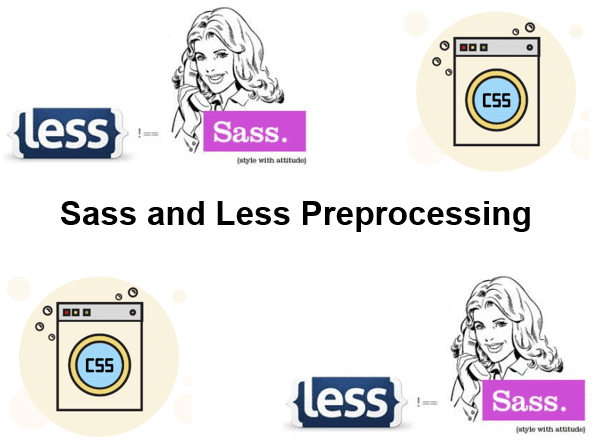 |
Sass and Less Preprocessing
Code:
INT700
First start: 29-01-2026 |
2 days | € 1299 |
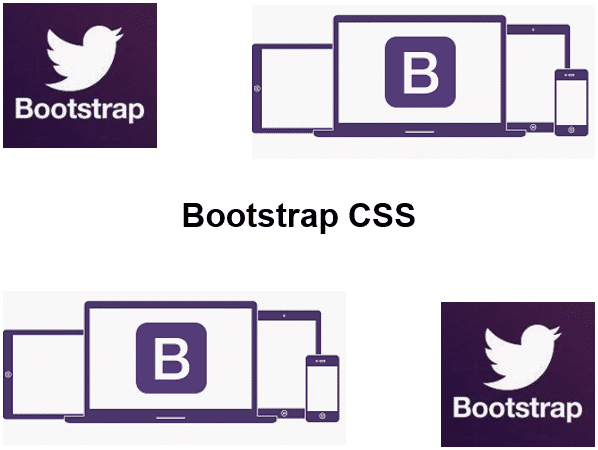 |
Bootstrap CSS
Code:
INT600
First start: 22-01-2026 |
2 days | € 1299 |
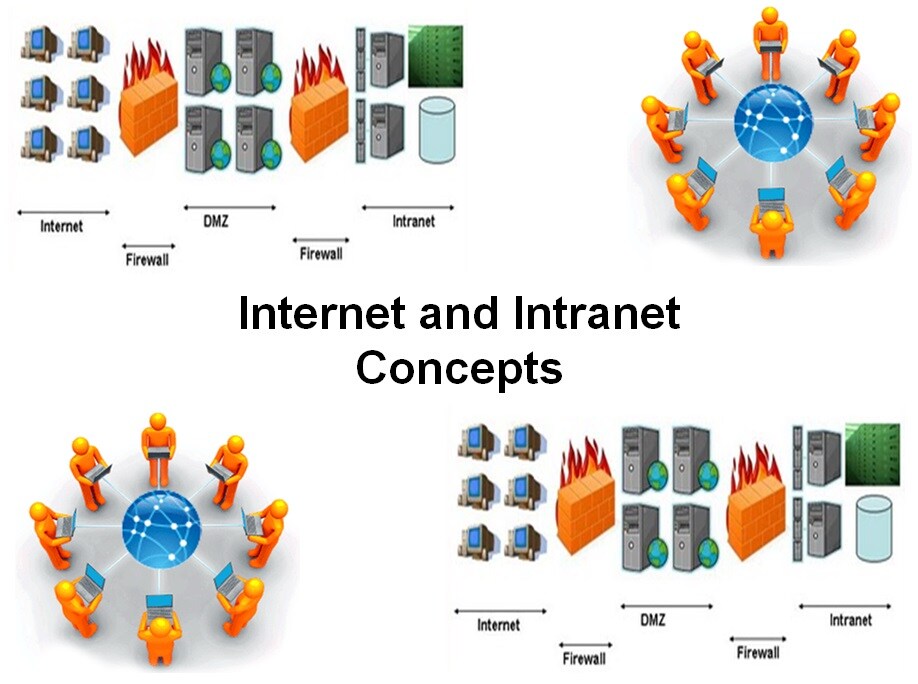 |
Internet and Intranet Concepts
Code:
INT100
First start: 26-01-2026 |
2 days | € 1299 |
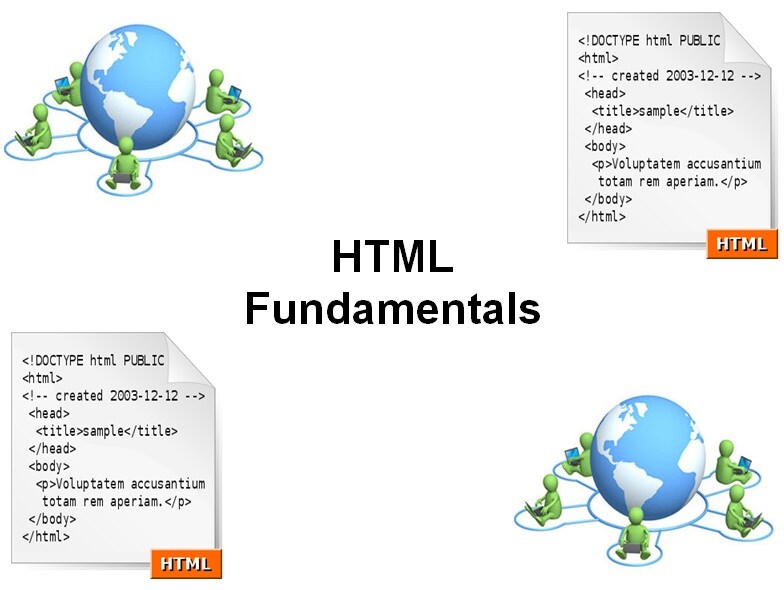 |
HTML Fundamentals
Code:
INT200
First start: 16-12-2025 |
1 day | € 699 |
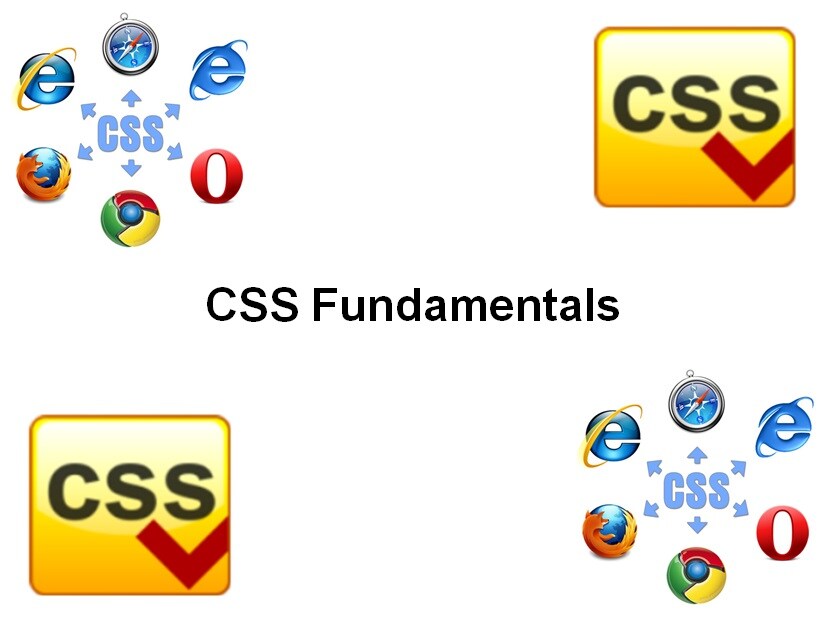 |
CSS Fundamentals
Code:
INT500
First start: 29-01-2026 |
2 days | € 1299 |
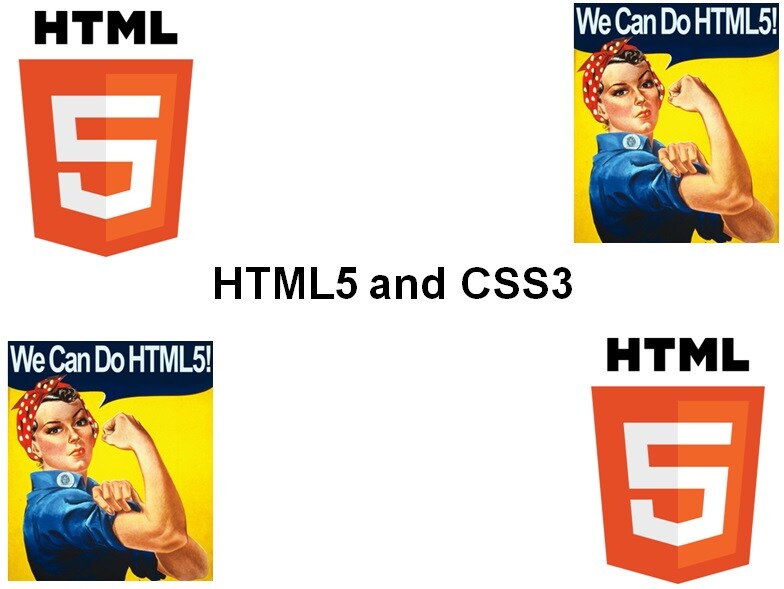 |
HTML5 and CSS3
Code:
INT300
First start: 26-01-2026 |
2 days | € 1299 |
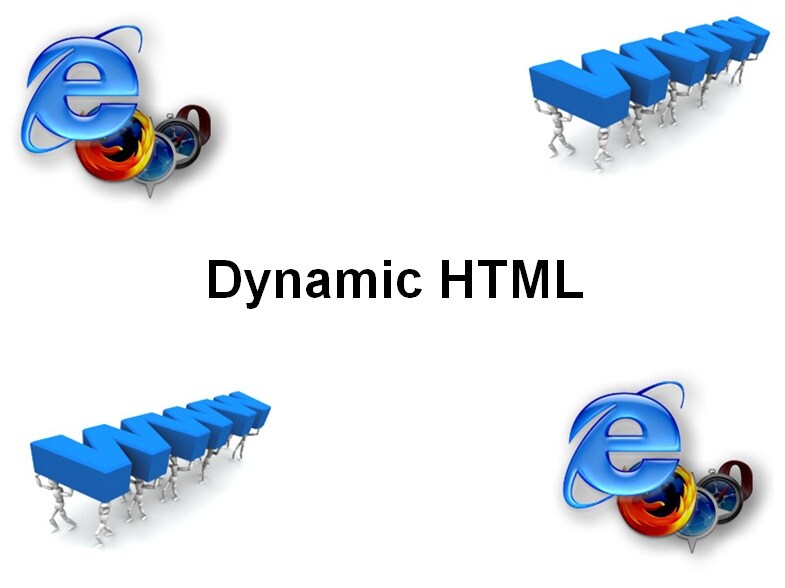 |
Dynamic HTML
Code:
INT400
First start: 15-01-2026 |
2 days | € 1299 |
The Internet protocol, usually abbreviated to IP, is a network protocol that allows computers on a computer network to communicate with each other, such as on the Internet. Since July 20, 2004, two versions of the Internet protocol are supported within the Internet, the versions IPv4 and IPv6. The internet protocol is part of a stack that is necessary for communication. In combination with the Transmission Control Protocol (TCP), it is referred to as TCP/IP. Another common protocol that can be used in conjunction with IP is the User Datagram Protocol.
HTML is short for Hyper Text Markup Language and is the standard markup language for web pages. It is the language with which web pages are created, which can then be viewed on your browser. HTML is a piece of code that determines the structure of a web page. For example, titles, text blocks, menus, paragraphs, scripts and the like can be positioned on the web page. In other words, HTML tells the browser how to display the page.
Cascading Style Sheets (abbreviated to CSS) is a styling language for decoupling the design of web pages from their actual content and recording it centrally. The English “style” has the meaning of “layout”. The term “cascading” refers to the possibility of inheriting formatting properties. The CSS information for the document’s appearance is added to its HTML code. That information may be contained in the HTML file itself, but also in a separate file to which the HTML document refers. Such an external file is also known as a stylesheet.
Bootstrap is a popular HTML, CSS and JavaScript framework for developing responsive websites for mobile use. The framework includes responsive CSS and HTML templates for buttons, tables, navigation, and other elements that you can use on a web page. There are some optional JavaScript modules available that allow developers to develop responsive websites.